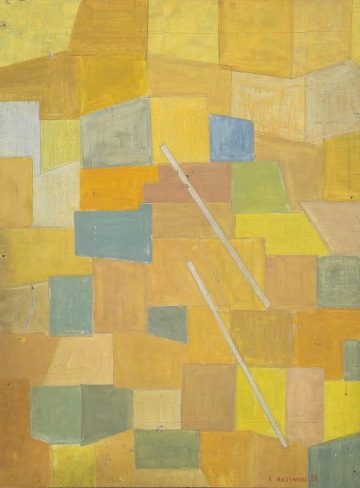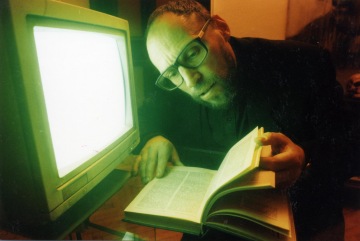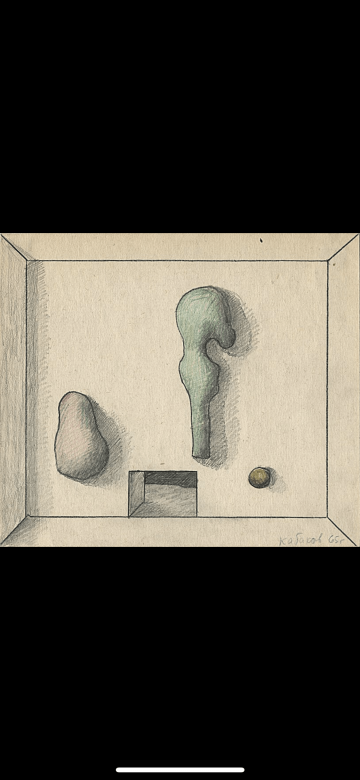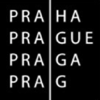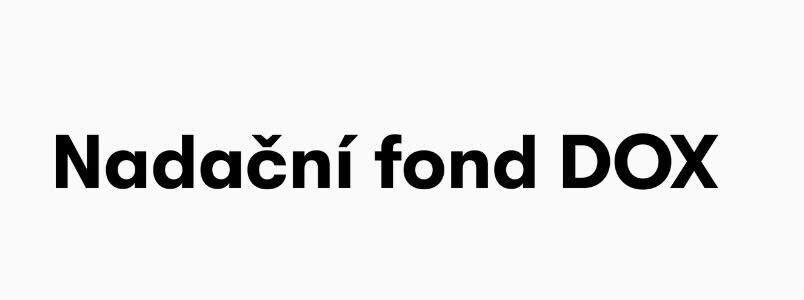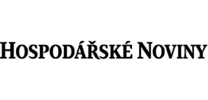Russia. Timeless in the DOX Centre
3 Oct 2019
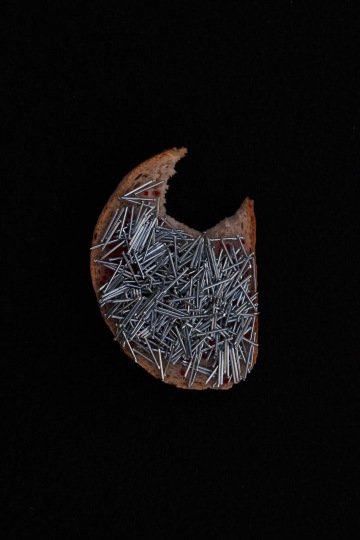
Contact for International Media
Michaela Šilpochová
+420 774 222 355
michaela@dox.cz
In its new exhibition, the DOX Centre for Contemporary Art deals with the topic of timelessness in contemporary Russian art. The RUSSIA. TIMELESS exhibition presents significant artistic reflexion from contemporary Russia, from the classics of formerly unofficial art to artists who through their work express the feelings of a generation that has lived most of its live under the current regime. In connection with the RUSSIA. TIMELESS exhibition, curators Tomáš Glanc and Anton Litvin see the topic of timelessness as the eternal Russian problem with understanding historical time and the role of the individual in historical processes. On the one hand, attempts at a sober interpretation of oneʼs own history fail, on the other hand persistent efforts to ensure Russia an important place in the future of the world encounter nostalgia for the relics of past times, models and regimes, for their depravities, and traps.
The exposition features a varied presentation of different ways of staging time, its ridiculous and ominous dimensions and deviations, stiffness and acceleration, mingling of eras and confrontation of phenomena in empirical reality with events in human imagination, in the sky or in the universe. Works by almost fifty artists will be exhibited, some for the first time in the Czech Republic. Artistic techniques include painting, drawing, objects, videos, films, installations – including multimedia, textiles, embroidery, photography, and recordings of performances.
“The artists are represented by a modest, very selectively chosen number of works, and we have intentionally avoided ʻquantity hierarchy’ – presentation of renowned artists through a large number of artefacts at the expense of those less well known. The exhibition illustrates the topic of timelessness over the past sixty years as interpreted by artists of various generations and aesthetic beliefs, and we would like them to be presented beside each other and together – without being classified into main and secondary; we leave it up to the viewer to decide for and according to themselves,” says one of the curators, Tomáš Glanc, regarding the selection of works.
In the chronologically oldest layer, the viewer will encounter artworks that in their own peculiar way responded to the stalled time of the Russian avant-garde, which after the Stalinist period it was necessary to search for and rediscover. Upon entering the exhibition space, viewers are surprised by a banner reminding them of the “forever” of ornamental Communist slogans. But it is oddly lapidary – the mere three letters of the Russian version of the word “hooray” could literally be cheering for anything. Plus the slogan hangs over miserable, dilapidated shacks. The author of the painting, Oskar Rabin, lived in similar such dwellings – at the end of the 1950s, in the village of Lianozovo on the outskirts of Moscow in provisional houses, he and several relatives and friends created an underground society visited on weekends by poets and painters, as well as musicians and their meagre audiences, to create Russian culture according to their own ideas. In 1974 they attempted to exhibit their works outdoors in a Moscow park. Upon orders of the KGB, bulldozers arrived to destroy the exhibition, and Rabin soon found himself in Paris, where he lived as one of the most prominent representatives of unofficial Soviet art until his death in 2018.
Ilya Kabakov – the most famous and internationally most successful living Russian artist, and one of the founders of Moscow conceptualism – is represented in the exhibition by a unique work from 1965, with a close Czech connection: in the 1960s, when Kabakov was only slightly over the age of 30, Czech art theoretician Jindřich Chalupecký had already recognized Kabakov’s exceptionally intelligent yet immediately plaintive talent. The artist gave him a drawing referring to European modernism and searching to penetrate “past the image” into other worlds, perhaps into emptiness.
Viktor Pivovarov, who has been living in Prague since the beginning of the 1980s and long ago merged with the local art scene as one of its important representatives without losing a close relationship with his Russian roots, presents his flagship work – an album genre that once upon a time he and Ilya Kabakov were developing together. However, he is also represented by the farcical Spritualist Seance from 2014, in which Stalin and Hitler meet.
The largest part of the exhibition, devoted to the key tendencies in art of the post-Soviet era, features works that based on various aesthetics and ideas apply to historical as well as subjective time frames and discover remarkable temporal phenomena – loops, jumps, phantasms, effects, and defects.
The works of some younger artists have only recently appeared in the collections of large museums, and their creators’ road to artistic contemporaneity did not always lead through an academic artistic education. They for example started as graffiti artists in towns far from Moscow and St. Petersburg, or use means of expression belonging to graphic reportage, straddling the border between fine art and journalism. For example in her graphic reportages, Viktoria Lomasko points out the “eternal” problem of the Russian court system, which can in no way be suspected of being independent of political power. She employs documentary illustration methods that have their roots in the nineteenth century and also saw further development in Soviet prison camps. Her “comics” are in no way mere entertainment, and she also consciously distance herself from the classical concepts of “art” and “artist”. She stylizes herself as a subservient recorder of facts: even her scenes illustrating opposition demonstrations and political trials are always based on an empirical reality that she saw with her own eyes and recorded.
The RUSSIA. TIMELESS exhibition does not emphasize political and activist topics; it is an artistic reflection on historical cycles and on problems arising from basing oneself on ancient models and ruts. Nevertheless, individual works teem with the originality, wit, artistic vision, and courageous ideas that are so greatly needed in todayʼs Russia.
Exhibiting artists
Nikita Alexejev
Vladimir Archipov
Alexandr Brodskij
Anatol Brusilovskij
Erik Bulatov
Alexandr Dolgin
Vladimir Dubosarskij
Eduard Steinberg
Jelagina Jelena
Kabakov Ilja
Košljakov Valerij
Kozlov Nikolaj
Kulik Oleg
Kuzkin Andrej
Litvin Anton
Lomasko Viktorija
Loskutov Arťom
Makarevič Igor
Mastěrkova Lydia
Mavromatti Oleg
Morozova Liza
Muratov Damir
Němuchin Vladimir
Oleg Navalnyj
Pepperštejn
Pivovarov Viktor
Pjatnickij Vladimir
Pljušč Ivan
Potapov Vladimir
Potapova Olga
Prigov Dmitrij
Rabin Oskar
Sapožnikov Sergej
Semjon Agroskin
Slonov Vasilij
Sokol Chaim
Surovova Polina
The Blue Noses Group
The Blue Soup
Tiškov Leonid
Cvetkov Dmitrij
Vasiljev Oleg
Vladimir Jakovlev
Vladislav Mamyšev – Monro
Jufit Jevgenij
Jusupova Iraida
Zacharov Vadim
Zverev Anatolij
Žjoluď Anna
Curators: Tomáš Glanc, Anton Litvin
